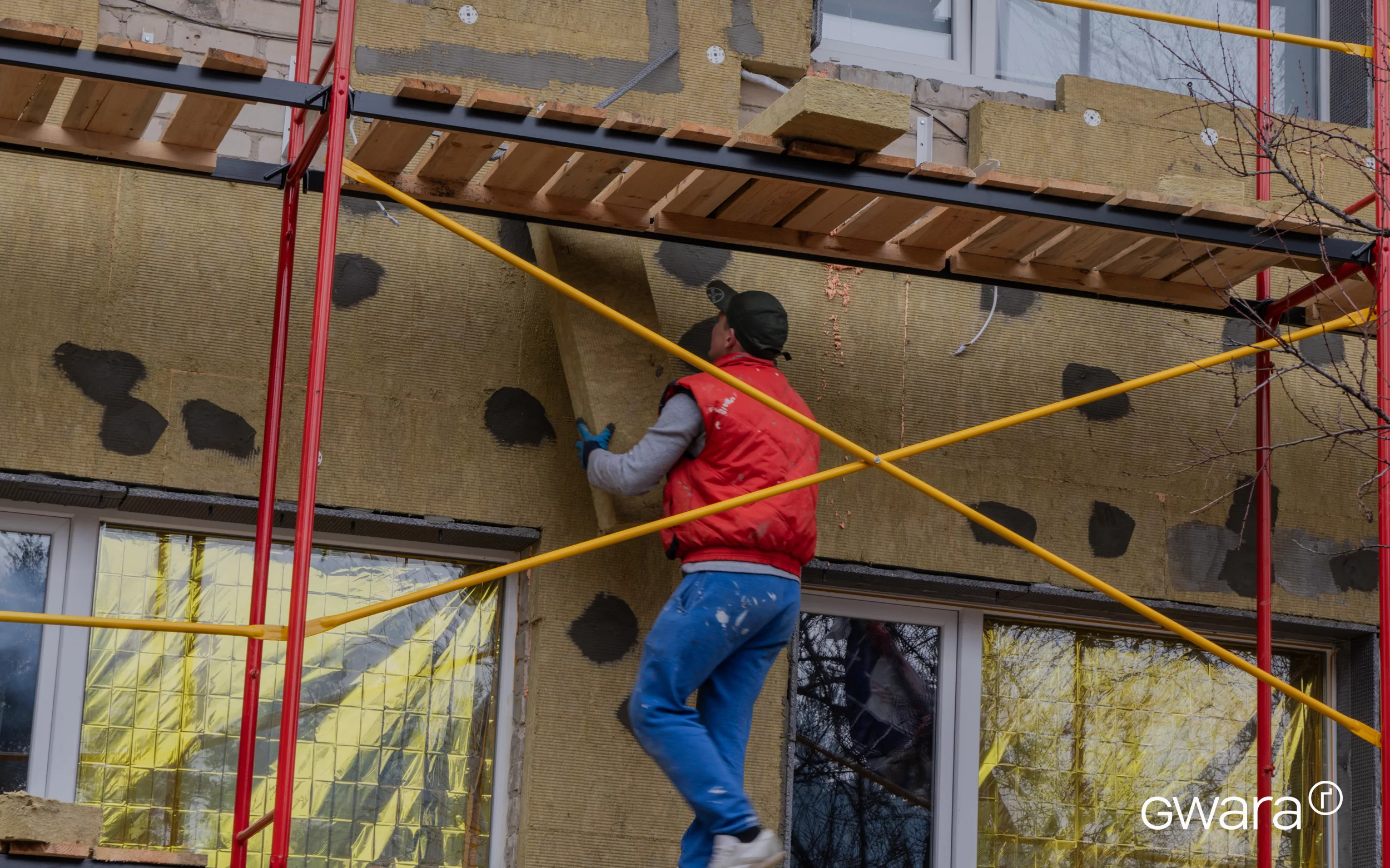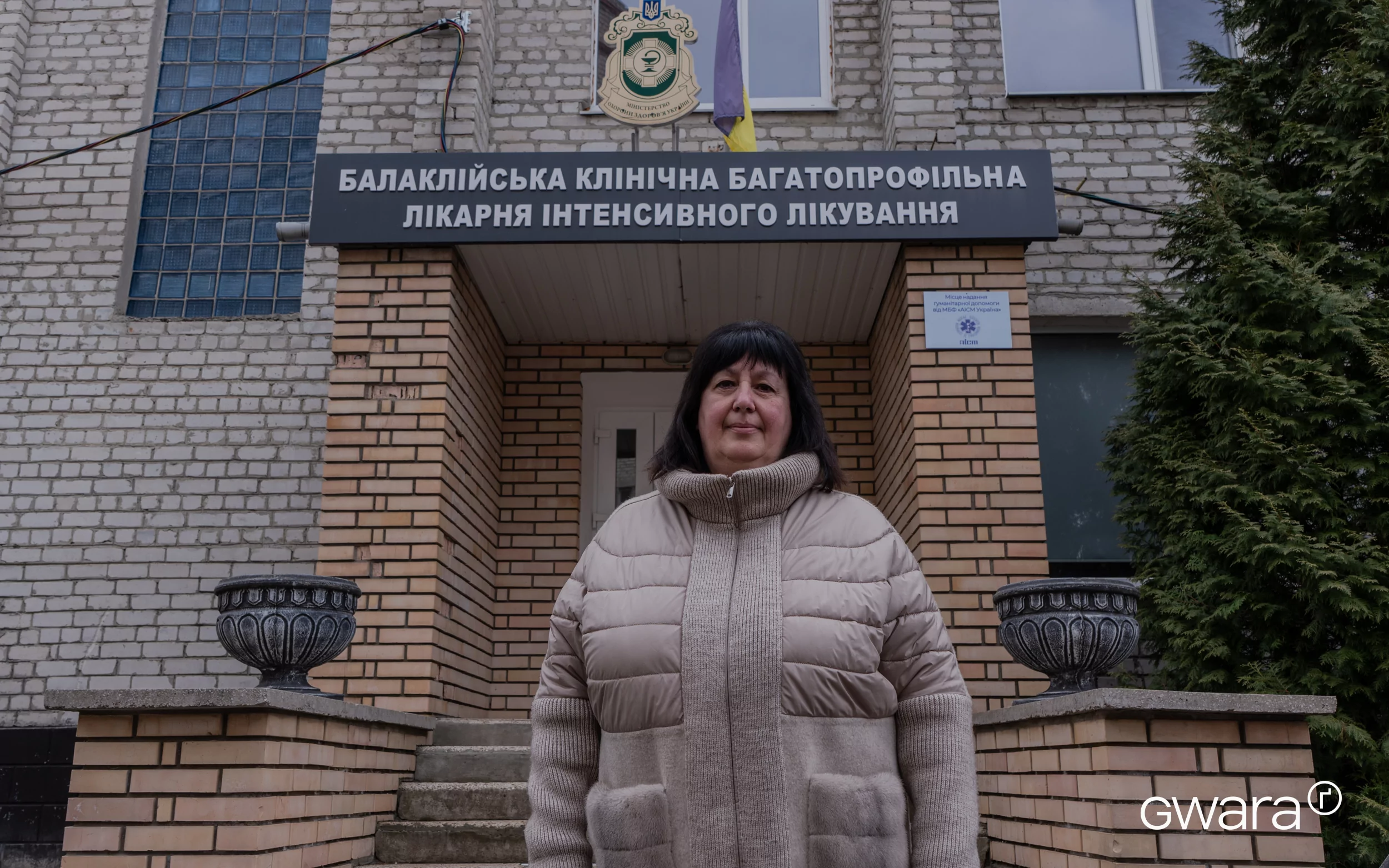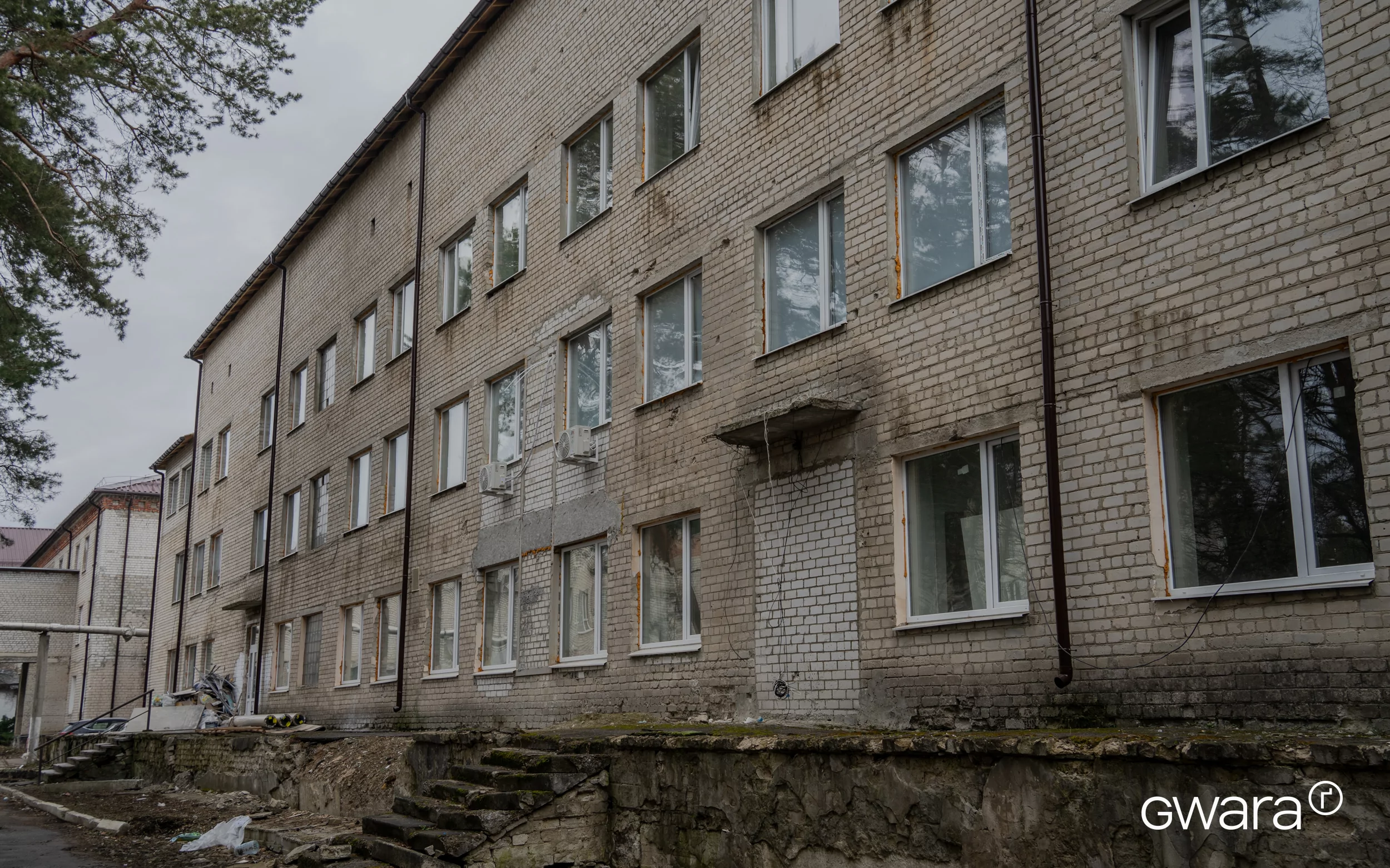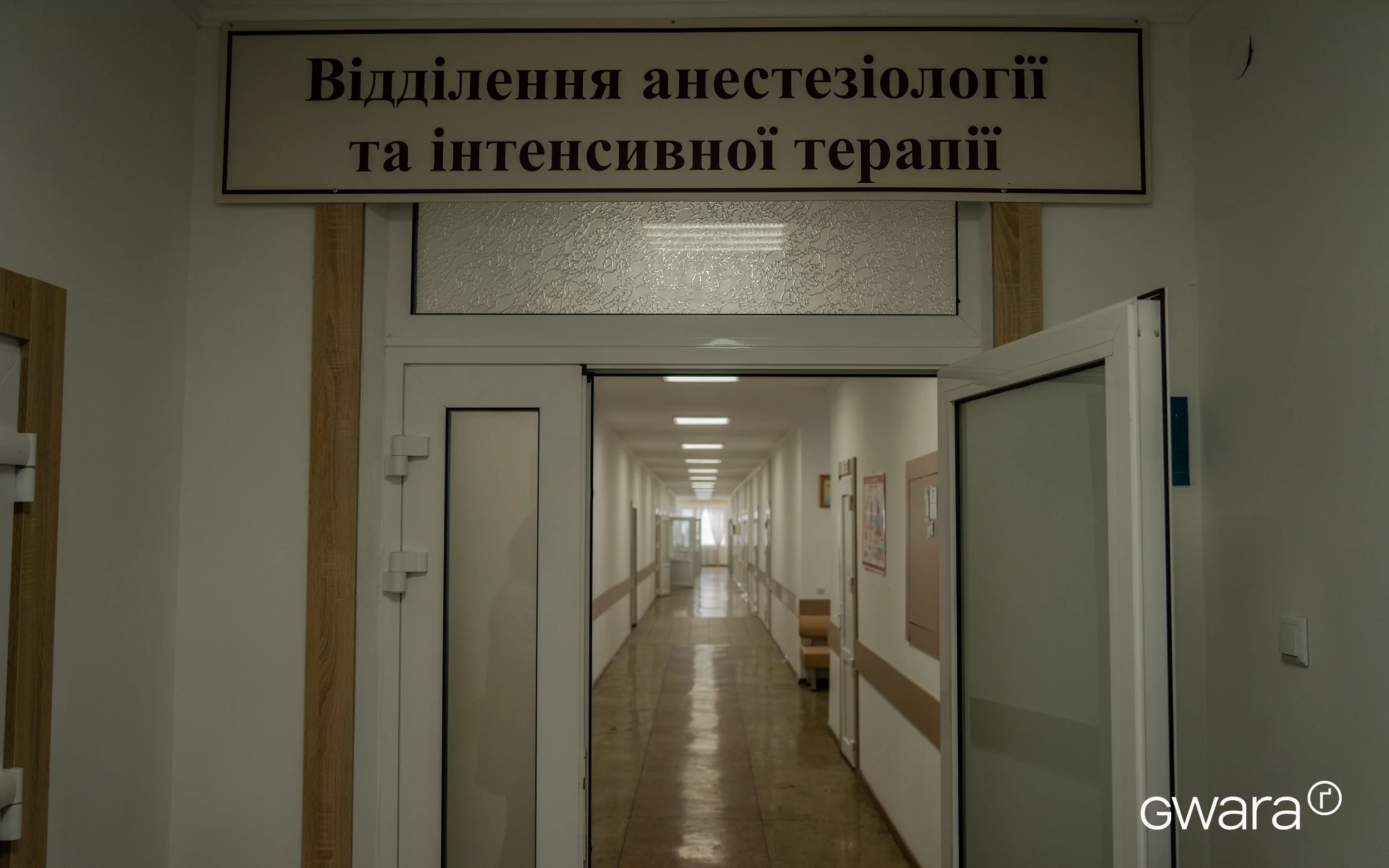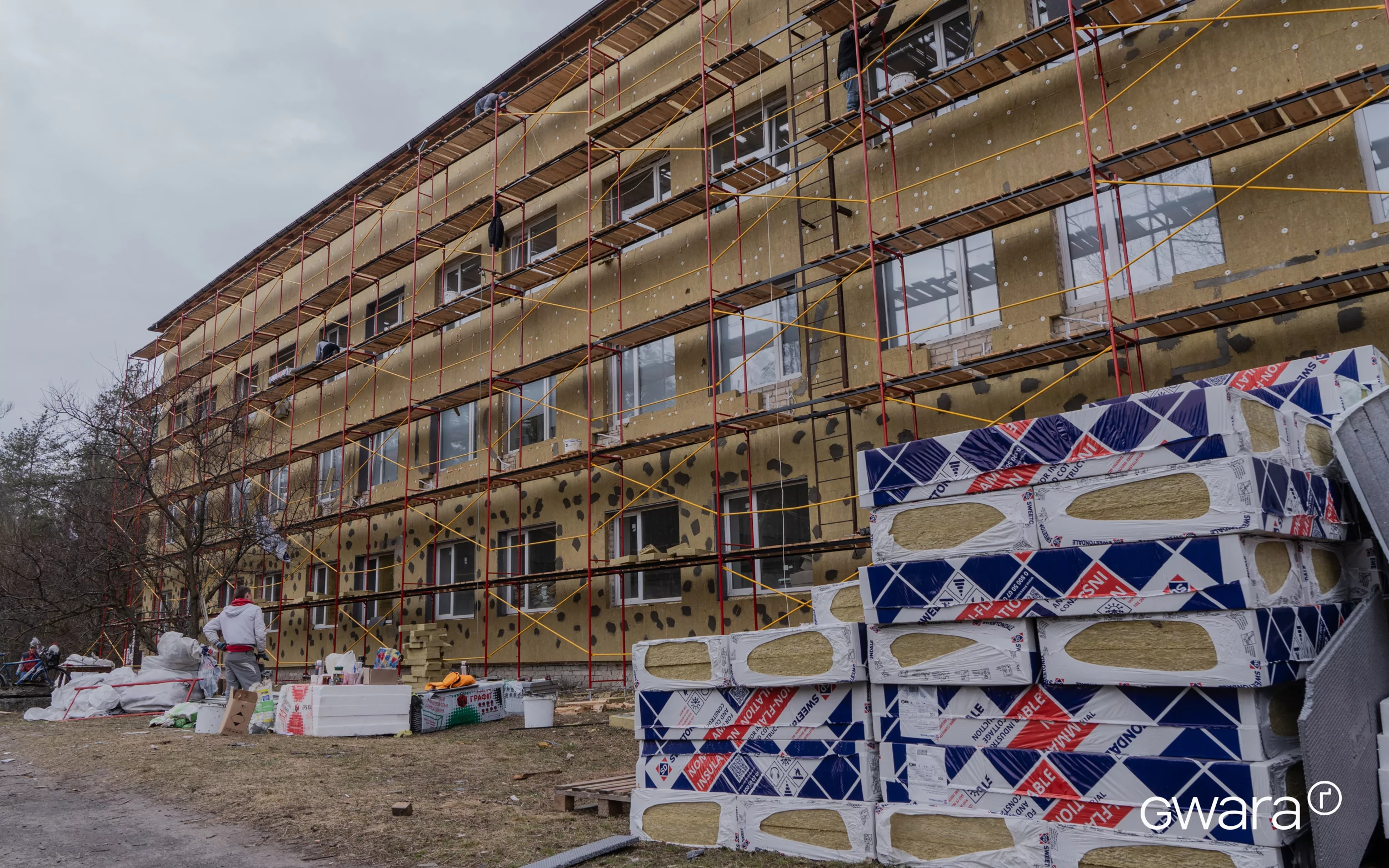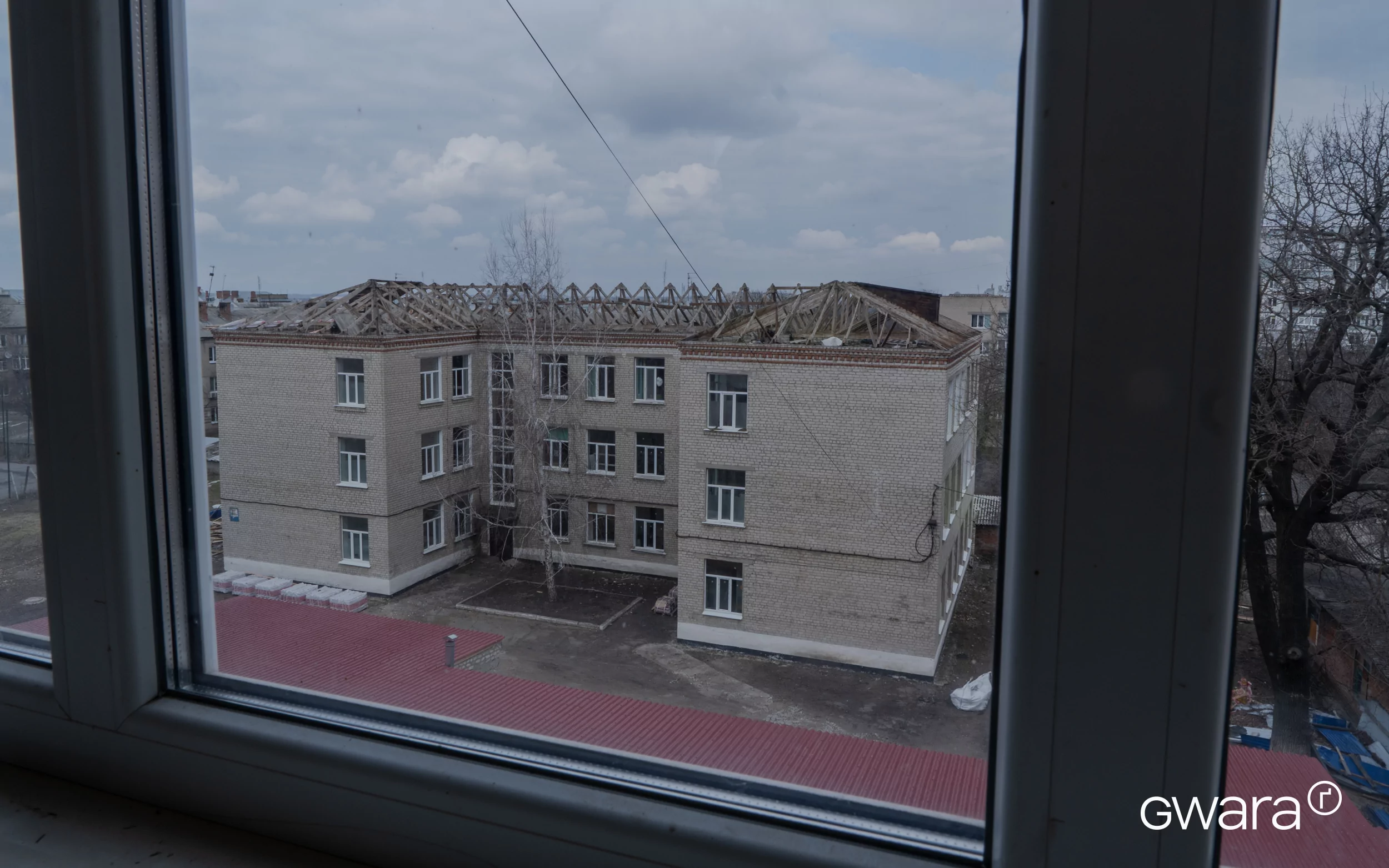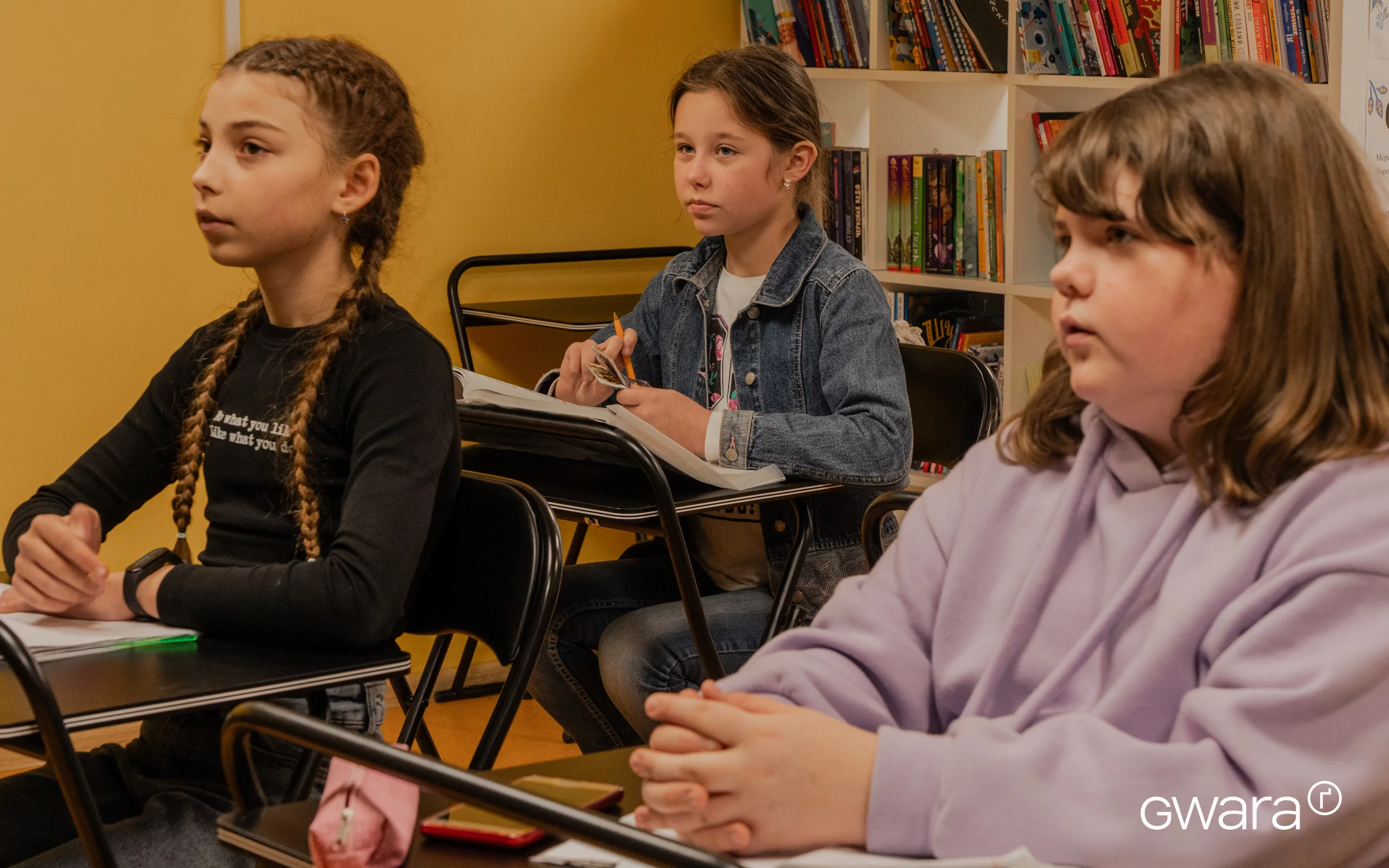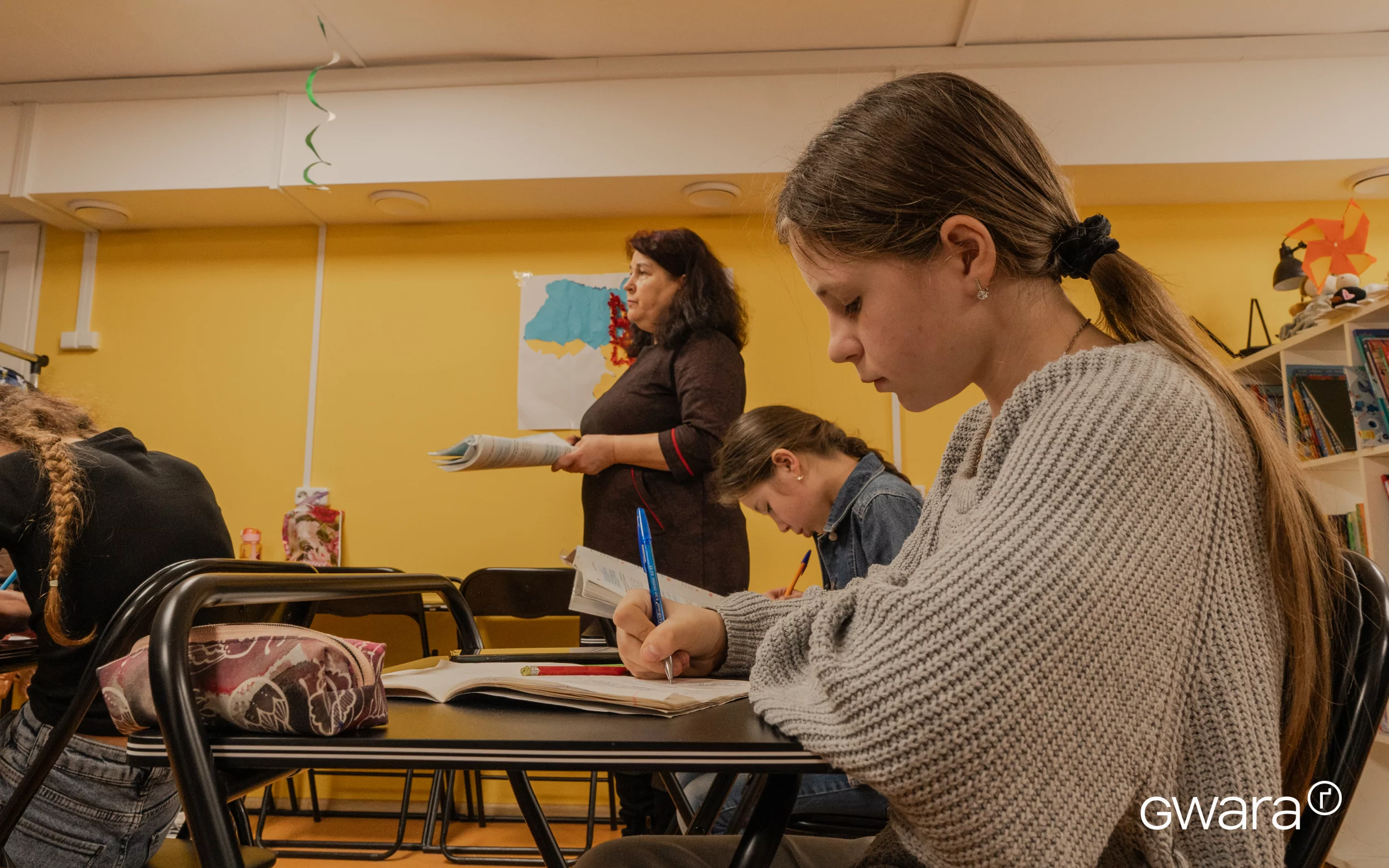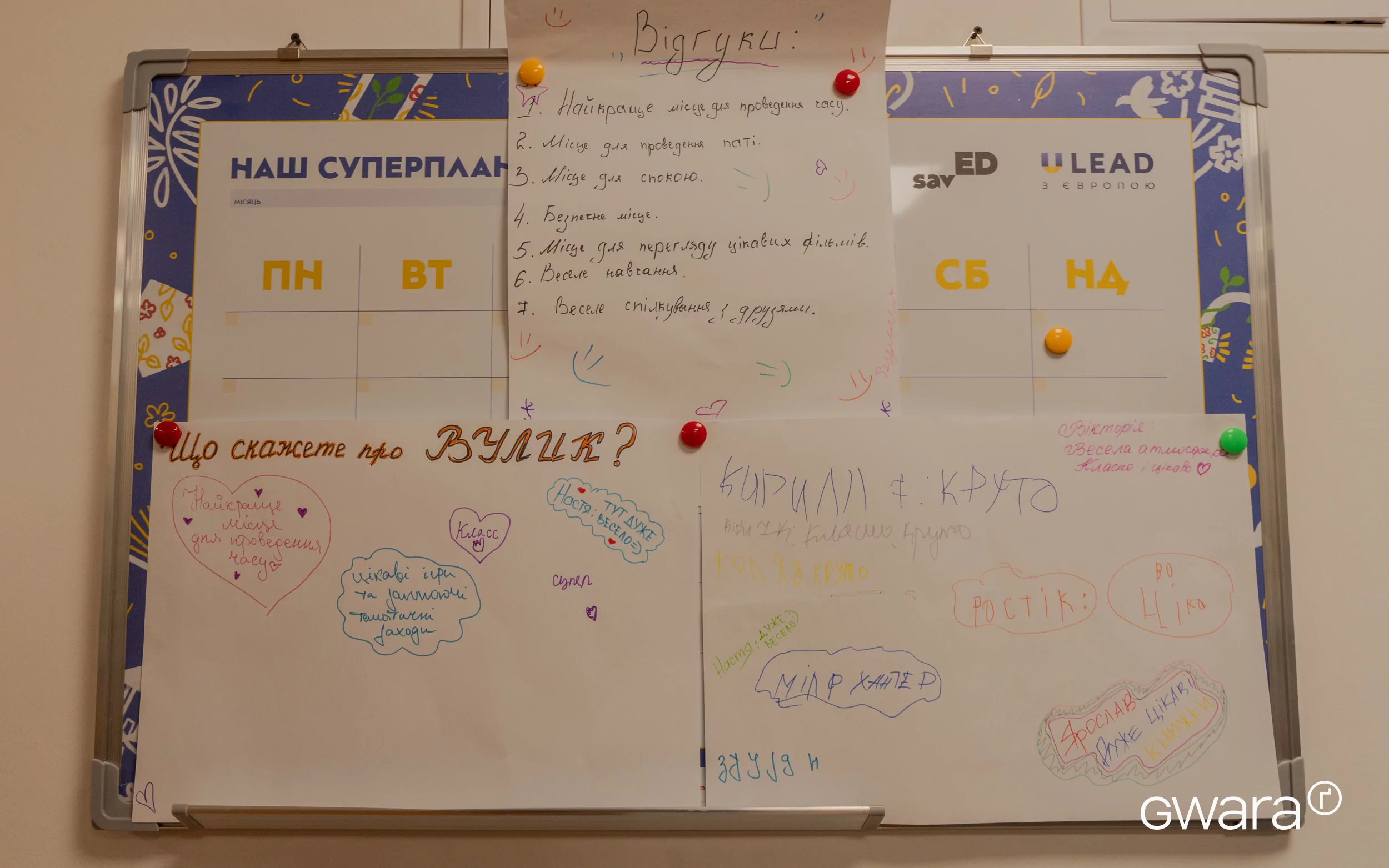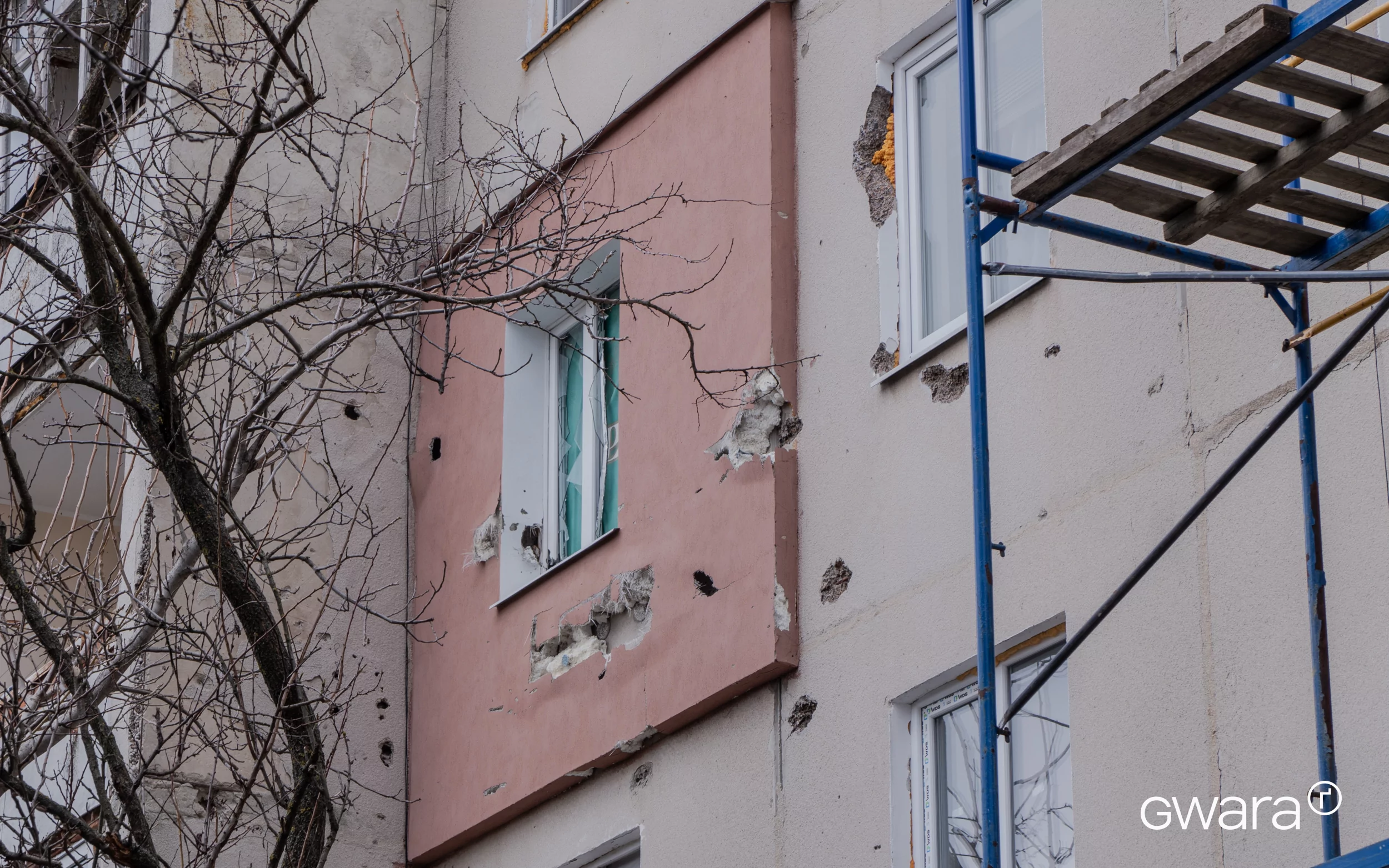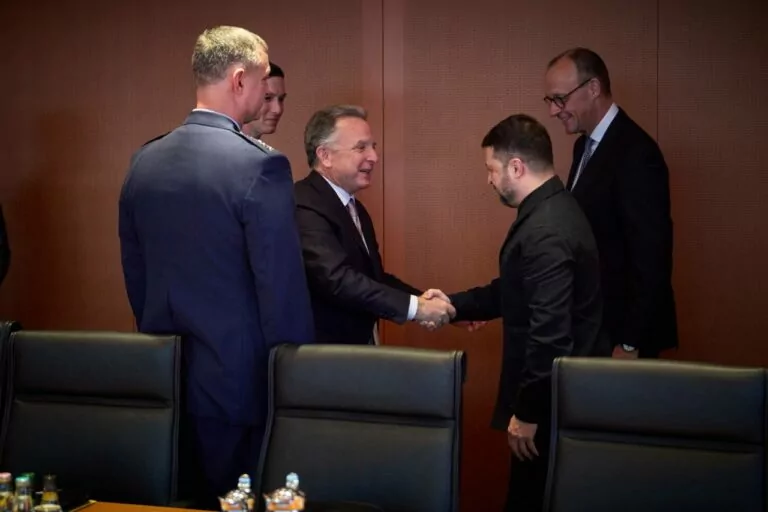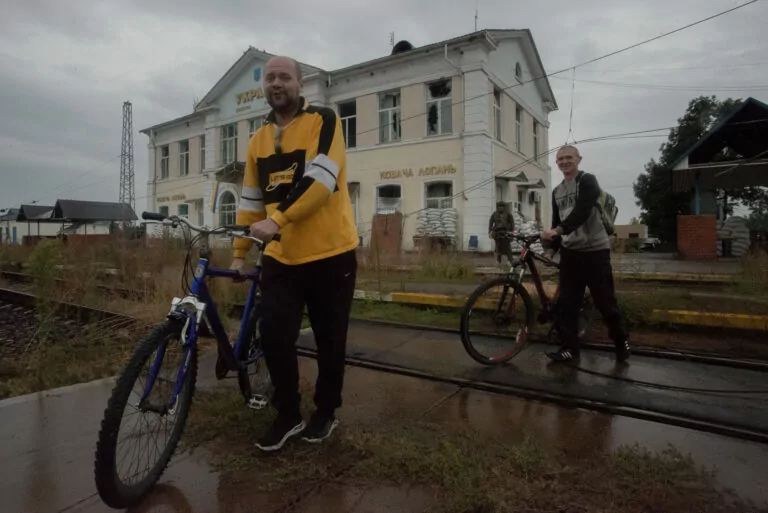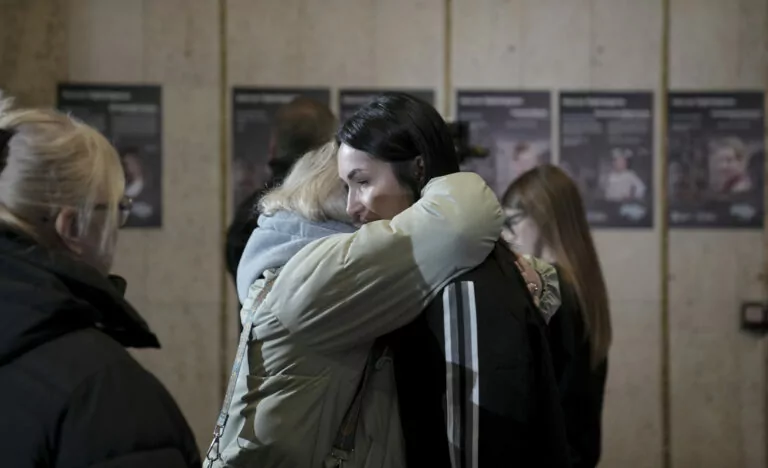UKRAINE, BALAKLIIA, Apr 01 — The Ukrainian troops liberated Balakliia from Russian soldiers on September 8, 2022, during the counteroffensive in the Kharkiv Oblast.
Almost immediately, life began to return to the town. Gwara Media visited the city and found out how Balakliia is recovering.
The city hospital treats more than 14,000 patients
The first facility Gwara Media visited in Balakliia was the local clinical multidisciplinary intensive care hospital. The head of the medical facility, Maryna Rudenko, met us.
She told Gwara Media that the Russian shelling of the hospital began in March 2022.
“Four supporting walls in different parts of the hospital were destroyed, and the roofs of three buildings were destroyed, more than 400 windows were smashed, and the passage between the main and children’s departments was destroyed.”
After the deoccupation of Balakliia, restoration work began on October 1, 2022, to turn on the heating and resume the hospital’s work, Maryna Rudenko said. On January 4, 2023, the hospital began receiving patients.
Only one building, which the Russians destroyed the most, was out of service. The children’s, anesthesiology, and immunology departments were located in the ruined building.
At first, the hospital was restored at the expense of the state budget reserve fund and co-financing from the Kharkiv Regional Council. Then, at the cost of the local budget and the hospital, internal works were carried out, in particular, on the second floor of the hospital in the anesthesiology department.
Currently, the International Organization for Migration (IOM) is involved in the final restoration of the hospital. IOM is making interior repairs in the children’s department and laboratory, arranging shelters in the basement of the medical facility, and insulating the facade.
According to the hospital’s head, the reconstruction has helped the hospital’s operations, as the number of doctors has increased from 29 to 536 since deoccupation in March 2024. Over the past year, the hospital has treated about 14,000 patients in the Balakliia, Donets, and Savyntsi communities. According to Maryna Rudenko, people from Izium and the surrounding communities also come to the hospital.
Education in the “One Day — One Class” format
Our next location was Balakliia Lyceum No. 2 [an educational institution of secondary basic education — ed.]. Here, we met with Oksana Dvorichanska, the acting head of the education department of the Balakliia City Council.
According to her, the Russian shelling damaged windows, roofs, and interior decoration in the school. The shells hit the roof, the wall, and around the Lyceum. No windows were left in the school due to the Russian shelling.
The Lyceum was included in the “Restoration of schools in Ukraine” program, implemented by the United Nations Office for Project Services. And in February 2024, repair work began.
The specialists have already replaced all the windows in the school. They have started making window bevels, replacing roofs, and repairing classrooms. Soon, they plan to arrange a shelter.
The community administration has also developed a large project to build a shelter for more than 600 children next to the school so that lessons offline will be possible. However, there is no organization that would finance and build the shelter so far.
Another school in Balakliia, Lyceum No. 5, was also damaged by Russian shelling. Although no shells hit the school building directly, blast waves and debris damaged the windows and roof, which have already been repaired.
In the basement of this institution, as in many other regions of Ukraine, the savED Foundation supported the creation of the “Vulyk” educational space. New furniture was installed here, and children were provided with appliances, fiction and academic literature, and board games.
In the space, children have full classes according to the school program.
“The head of the institution came up with the idea that children should come to classes according to the schedule for the whole day. The space works in the format of one day — one class. Children have 5-6 full lessons a week,” explained Oksana Dvorichanska.
She also added that the lesson schedule is adjusted according to the number of teachers in the community. Currently, according to the space’s development strategy, the main subjects are Ukrainian language, English language, and math.
After school, children come to “Vulyk” for extracurricular activities, such as singing, workshops, creative evenings, etc.
202 houses restored in Balakliia
According to Vitalii Karabanov, head of the Balakliia City Military Administration, the Russian army destroyed four out of 254 apartment buildings: 31 buildings were severely damaged, 83 buildings were moderately damaged, and 136 buildings were slightly damaged. Only two buildings in the community cannot be restored — in the Milova and Volokhiv Yar villages.
In 2022 and 2023, the Balakliia community carried out major and routine repairs in 202 houses. As of March 2024, work is ongoing in eight residential buildings.
However, another 50 houses need to be restored. It is also necessary to reconstruct a bridge, an overpass, a sewage pumping station, water pipelines, boiler houses, and other essential city infrastructure.
So far, $3.8 million has been spent restoring the Balakliia community. However, according to Vitalii Karabanov, about $11.4 million is needed to repair all the necessary facilities.
According to the head of the Balakliia City Military Administration, the community’s budget has limited resources. Therefore, international charitable foundations and state and regional budgets allocate funds for community reconstruction.
In addition, the Vinnytsia City Council and the Donets Village Council provided subventions from their budgets for the reconstruction of the Balakliia community.
Photo credits: Insulation of the hospital’s facade, financed by IOM/ Photo: Oleksandr Manchenko, Gwara Media
UPD from Apr. 1, 2024: Mistranslation in the title fixed.
Read more
- Russian missile strikes hit one of the largest heat power plants in Kharkiv Oblast on March 22, as continued delays in U.S. security assistance weaken Ukraine’s air defense system and increase Russia’s ability to cause significant damage to Ukraine’s power grid
